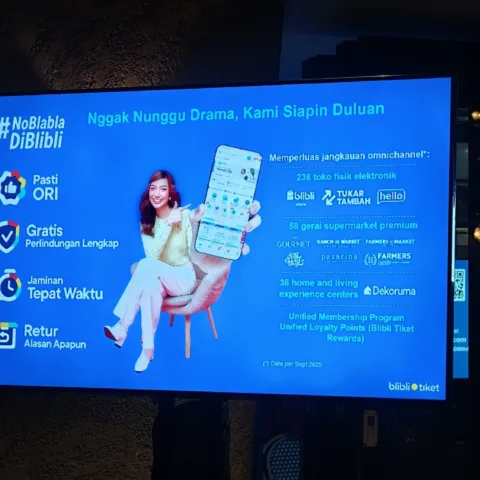 Editor’s Note: This is part of series about User Experience (UX) which is essential part of product introduction to its user. Here the writer tries to explain what is UX all about and the importance of UX for a prototype, product or application.
Editor’s Note: This is part of series about User Experience (UX) which is essential part of product introduction to its user. Here the writer tries to explain what is UX all about and the importance of UX for a prototype, product or application.
UX (User Experience) is a new field that emerged from the relationship between human and technology. In the beginning, this relationship was studied under the name HCI (Human Computer Interaction). HCI experts study the ability of computers (general: technology products) in interacting with human, while the human ability is studied by Cognitive Psychology experts, also Human Factors experts coming from Industrial Engineering field.
These fields of knowledge combine into a new field called Interaction Design (IxD), where interaction between human and technology is defined in a design before the product is implemented. The Design knowledge emphasizes the importance of a system to be tested with expected users from its simple form (low fidelity prototype). The result of interaction between test-users and the prototype is taken into account for the purpose of developing the system further up to the final form (working prototype). The evaluation process with expected users can be performed several times (iterative) until an appropriate design is decided.
The software engineering field acknowledges a pre-release version called beta version, which can be considered the working prototype. If a prototype can be developed quickly, easily, and with low cost, then directly testing a working prototype with users can also be pursued. The advantage of internet-based application is the quick and easy deployment of testing an application with many people.
The example of using a working prototype is the method used by Facebook, where the interaction between users and the system is used as an input to continually developing the system. While users complain about the changes that happen once in a while, an IxD expert sees this as an attempt to develop the system until it appropriately meets the needs and comfort of users.
IxD is closely related to Usability field, which studies the usability of a technology product in presenting its functions to its users. For example, the game Angry Birds is focused on smartphone applications, because the “throwing birds” function is easy to be performed using finger slides on the screen (imagine using a mouse in the desktop version?). Usability completes IxD by analyzing ease of use and possibility of each interaction.
The combination of IxD and Marketing and Communication field results in the UX field. Before a technology is launched, expected users need to be appropriately informed so that they are motivated to use the system. And when a technology is final and ready to be launched, it doesn’t mean users would only utilize the functions according to the pre-defined design that is believed to be appropriately meeting the needs and comfort in general. Every user or group of users can evolve with their own interaction means as the time goes.
UX studies motivation, meaning, fun, also trusts from users on a technology product. It starts from users being attracted to use, trying to use, invests some money to have the product, continues to use the product, and even expecting to get a future version (loyalty). Therefore, the context of use needs to be understood before starting to develop a product prototype. For example, the users are smartphone users; or the users dislike emails; or the users are prioritizing their existing contacts in a certain social media; etc.
Planning a technology product from the UX aspect means we avoid the assumptions on users, e.g. “it’s easy, they would understand this”; or “this is similar to Facebook, they would get it”; or “this is a new technology, so it’s better”; or “don’t bother about other systems that are similar to this”; or “this product would be liked by everyone.” Know your users, start from the simplest prototype, launch and observe the evolution of users in interacting with the system, and develop the product until you can refine the functions that would create possibility of specific meaning for each user.
Qonita Shahab, a researcher in UX who used to work in IT. Her interest in music and photography helps her in designing interactive system prototypes. Since she started research in the field of persuasive technology, Qonita studied more about social psychology and the communal use of technology. Follow her on Twitter @uxqonita.
Interested in writing a guest post on DailySocial? Send your article to [email protected].








